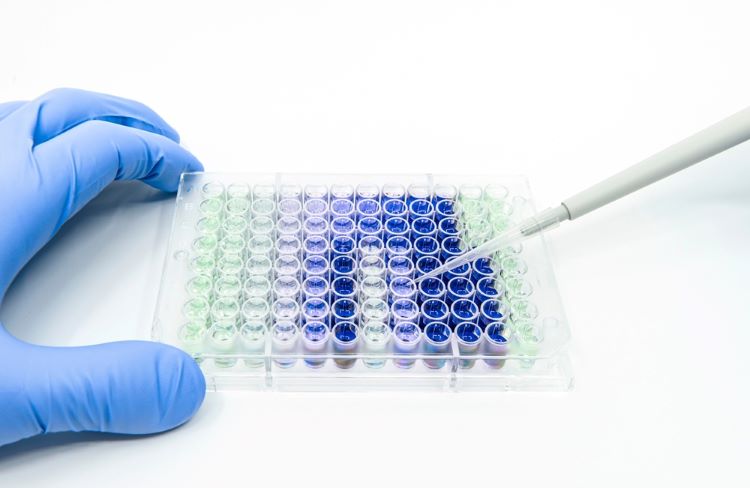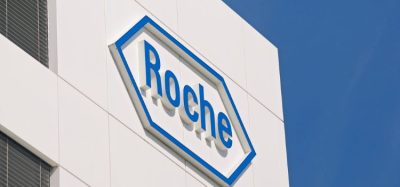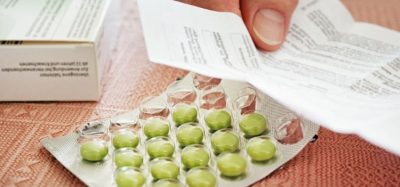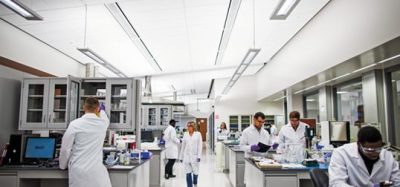Final Chapter <86> text published for early adoption
Posted: 4 November 2024 | Catherine Eckford (European Pharmaceutical Review) | No comments yet
The Chapter for endotoxin testing using non-animal derived reagents will help quality professionals ensure the safety of sterile pharmaceutical products.


The final text of Chapter <86> Bacterial Endotoxins Test Using Recombinant Reagents has been published for early option, according to US Pharmacopeia (USP).
The chapter covers endotoxin testing using non-animal derived reagents and is set to become official in May 2025, the organisation announced.
Further techniques for bacterial endotoxin testing (BET) using these alternative reagents, such as recombinant cascade (rCR) and recombinant Factor C (rFC) reagents, are included in Chapter <86>.
Recommendations are also provided for manufacturers to support them in using these reagents for quality testing, USP stated.
The organisation explained that at present, methods in Chapter <86> “are considered alternatives to Chapter <85> Bacterial Endotoxins Test (BET)”.
[Chapter <86>] is set to become official in May 2025″
USP confirmed plans to remove the rabbit pyrogen test (RPT) from its monographs in June this year, during the Ph. Eur.’s 179th session.
Pyrogen and endotoxin testing market outlook
A report discussing the pyrogen testing market highlighted that a lack of standardised testing methods as well as delayed regulatory approvals is restricting the market’s growth. The research predicted that globally, the market will value $3.3 billion by 2032.
However, factors identified as pivotal in expanding the market between 2023 and 2032 included drug safety and an “increasing focus on enhancing the sensitivity and relevance of pyrogen testing”, in light of technological advancement, according to the research.
Alternative pyrogen detection test research
Earlier this year, researchers reported on a test that “provides a novel alternative for pyrogen detection”. This is important considering the industry’s endeavours to “completely replace the in vivo rabbit pyrogen test by using the in vitro pyrogen test”. Specifically, their paper shared that “the recovery of [lipopolysaccharide] LPS spikes in biologicals” showed that the method has opportunity for broad application.
Related topics
Drug Development, Drug Safety, Endotoxin, Endotoxin Detection, Manufacturing, QA/QC, Regulation & Legislation, Research & Development (R&D), Technology









